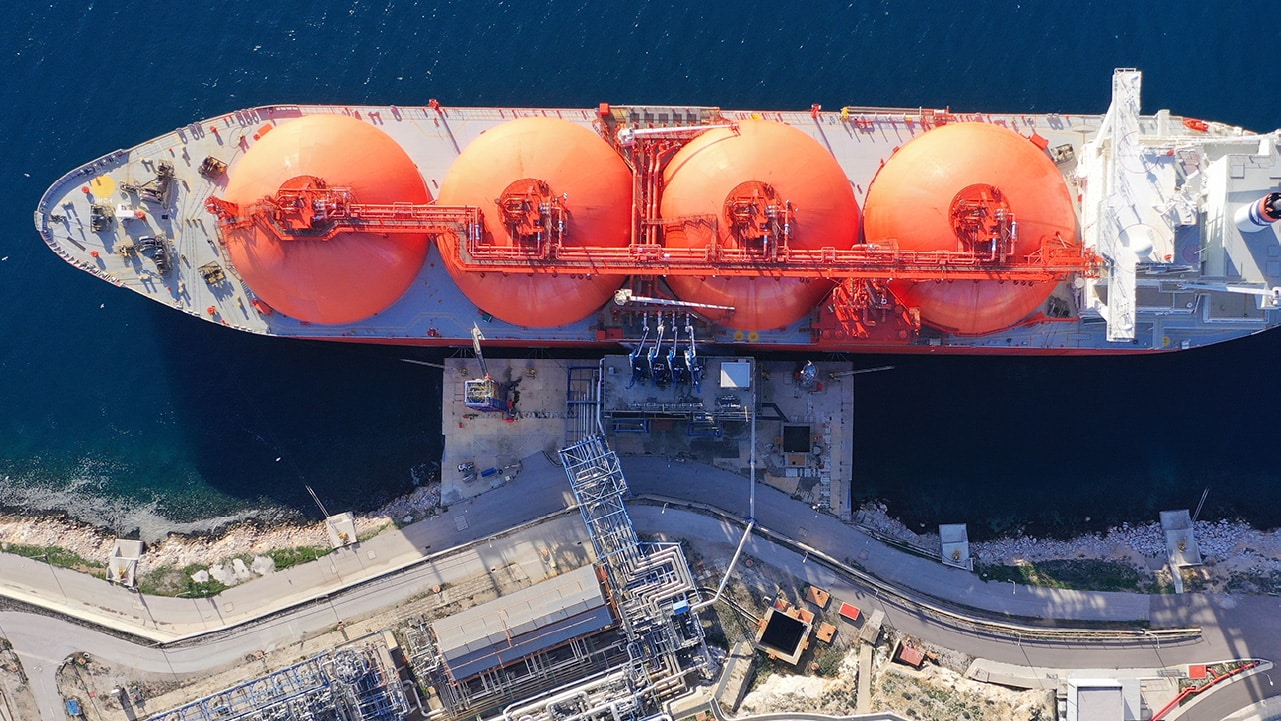ASTM E709 Magnetic Particle Testing of Tank Welds
The ASTM E709 standard is a cornerstone in ensuring that tank welds meet stringent quality and reliability requirements. This testing procedure involves the application of magnetic fields to ferromagnetic materials, such as steel tanks used in marine applications, to detect surface and near-surface flaws. The process is particularly crucial for cargo and tank systems where integrity and safety are paramount.
The methodology relies on the principle that when a magnetic field passes through an area with a flaw, it creates leakage fields at the defect sites. These fields attract fine iron filings or fluorescent particles suspended in oil, which form visible indications of the flaws. This non-destructive testing (NDT) technique is highly sensitive and can detect very small defects, ensuring that even minor flaws are identified before they escalate into larger issues.
The standard is widely recognized for its accuracy and reliability, making it an essential tool for industries such as shipbuilding, offshore oil platforms, and cargo transport. The testing process typically involves several steps: preparation of the test specimen, application of magnetic particles or fluids, examination under suitable lighting conditions, and interpretation of results.
For cargo tanks and tankers, ASTM E709 ensures that all welds are free from cracks, pores, and other defects that could compromise the integrity of the vessel. This testing is not only a regulatory requirement but also a best practice for maintaining safety standards in marine environments.
- Customer Impact and Satisfaction:
- Elevates trust among stakeholders by ensuring high-quality materials.
- Reduces maintenance costs by preventing early failures of critical components.
- Averts potential accidents, enhancing overall operational safety.
- Ensures compliance with international standards, thereby facilitating global trade.
The ASTM E709 procedure is detailed and precise, ensuring that only the highest quality welds are approved. This testing process is integral to maintaining a robust supply chain in marine and ship equipment industries, contributing significantly to the reliability of cargo transport systems.
Why It Matters
The significance of ASTM E709 magnetic particle testing lies in its ability to identify imperfections that could lead to catastrophic failures. In marine environments, where structures are exposed to harsh conditions and constant stress, even the smallest defect can have severe consequences. By adhering to this standard, industries ensure that all equipment is fit for purpose and safe for use.
The testing process not only detects flaws but also provides valuable information about the material's integrity and potential areas of weakness. This data is crucial for ongoing maintenance and future design improvements. Additionally, it helps in maintaining a consistent quality level across different batches or suppliers, ensuring uniform performance standards.
For compliance officers and quality managers, ASTM E709 offers a reliable method to meet regulatory requirements and industry expectations. By implementing this standard, companies can demonstrate their commitment to safety and sustainability, thereby enhancing their reputation and competitive edge in the market.
Quality and Reliability Assurance
The application of ASTM E709 ensures that all tank welds are subjected to rigorous inspection, guaranteeing adherence to international standards. This process involves a comprehensive series of steps designed to identify any potential flaws in the welds. The first step is the preparation of the test specimen, which includes cleaning and degreasing the area to be tested.
The application of magnetic particles or fluids follows this initial step. This involves carefully applying the magnetic suspension over the welded area, ensuring even coverage. Once applied, the part is subjected to a magnetic field using either permanent magnets, electromagnets, or other suitable devices. The duration and strength of the magnetic field depend on the specific requirements set by ASTM E709.
After the application of the magnetic field, the test specimen is examined under appropriate lighting conditions. This allows technicians to observe any visible indications of flaws that may have been induced during the testing process. The interpretation of these results requires a skilled and experienced technician who can accurately assess the nature and severity of any defects found.
The final step in this process involves detailed reporting of the findings. Reporting should include precise descriptions of any defects identified, their location within the weld, and recommendations for remediation if necessary. This documentation is crucial for maintaining records and ensuring that all stakeholders are aware of the quality level achieved.





